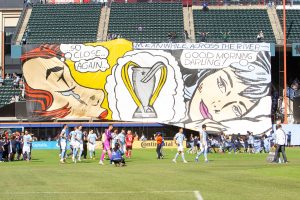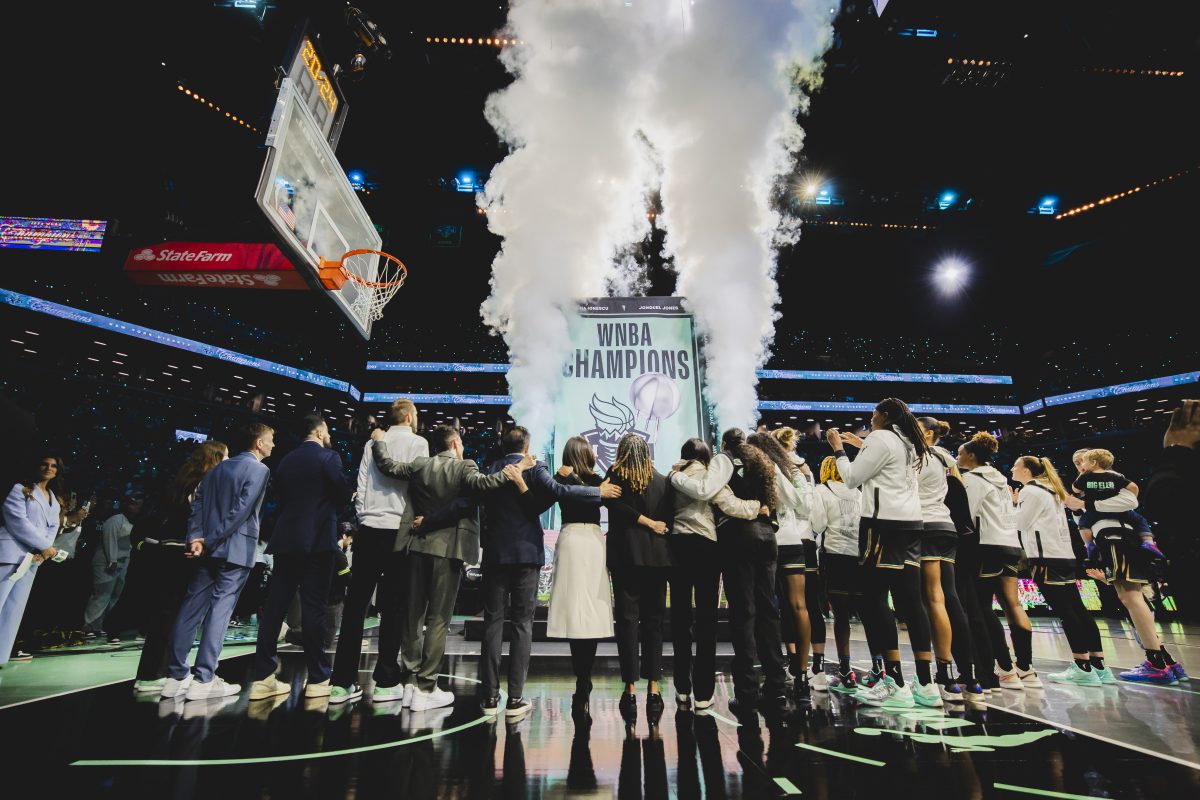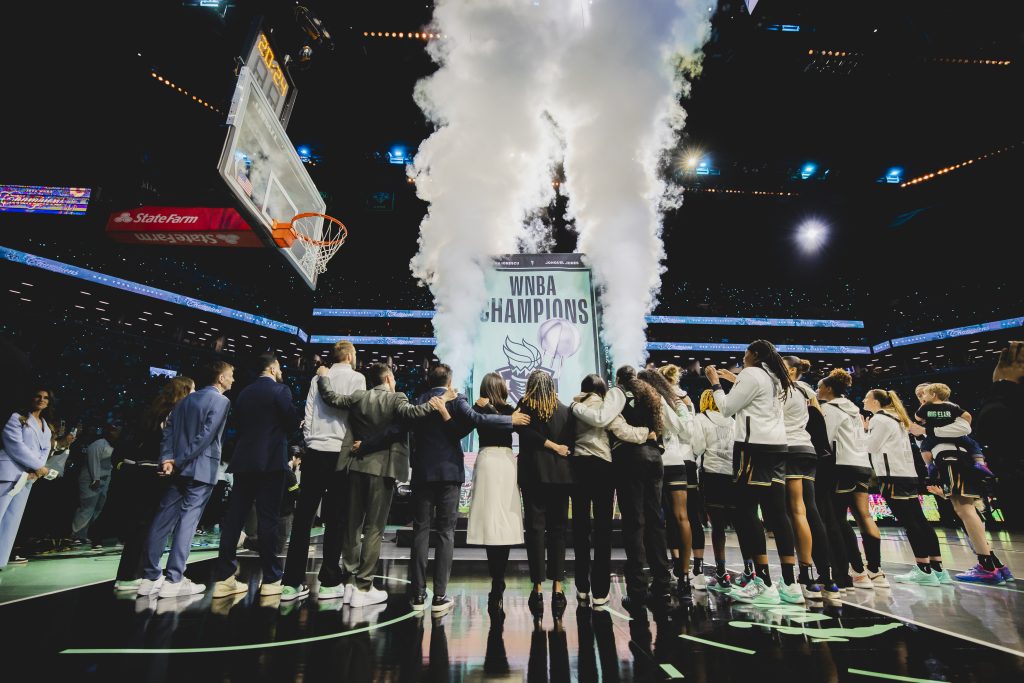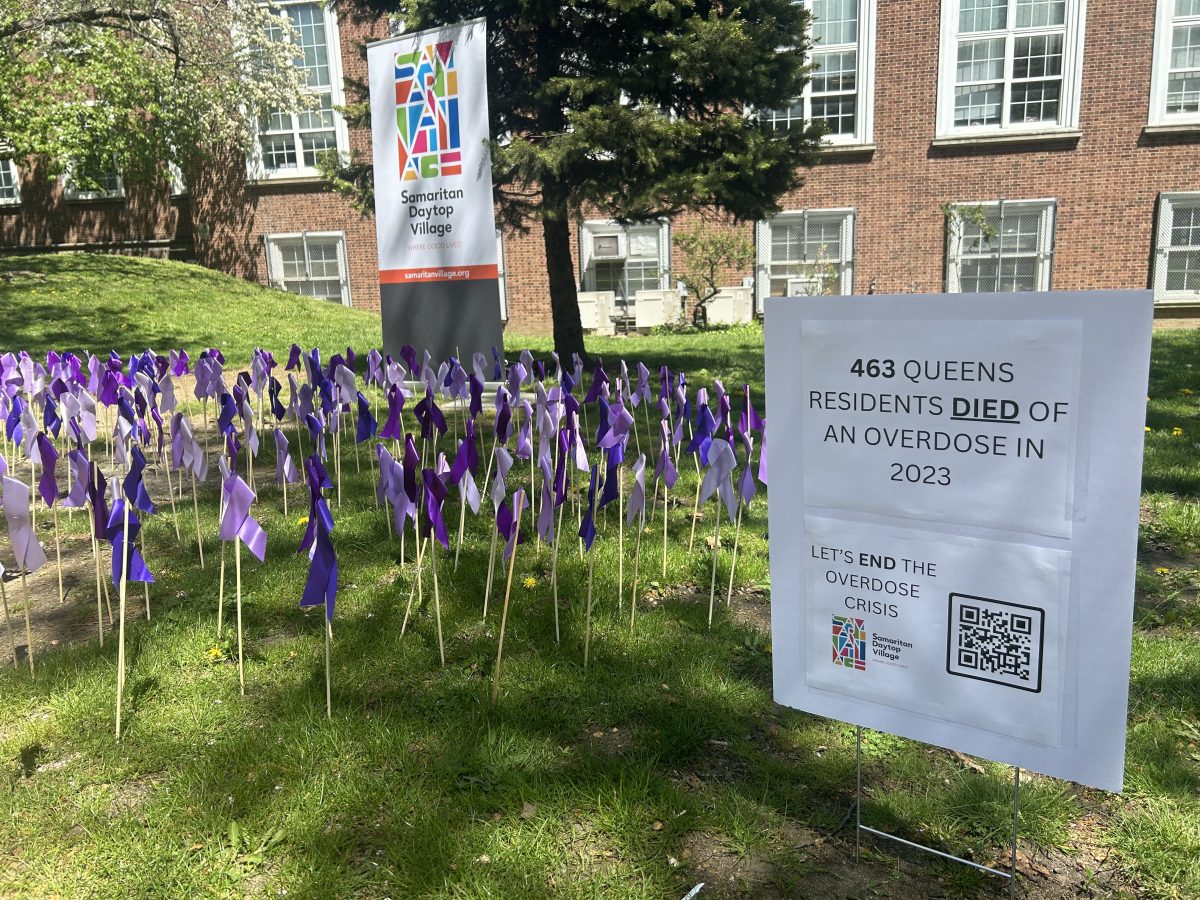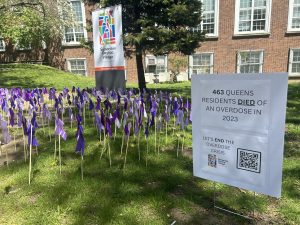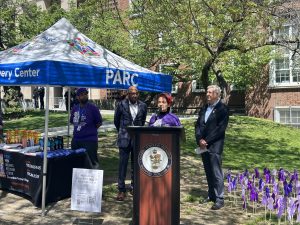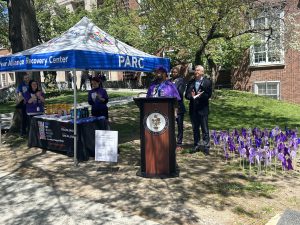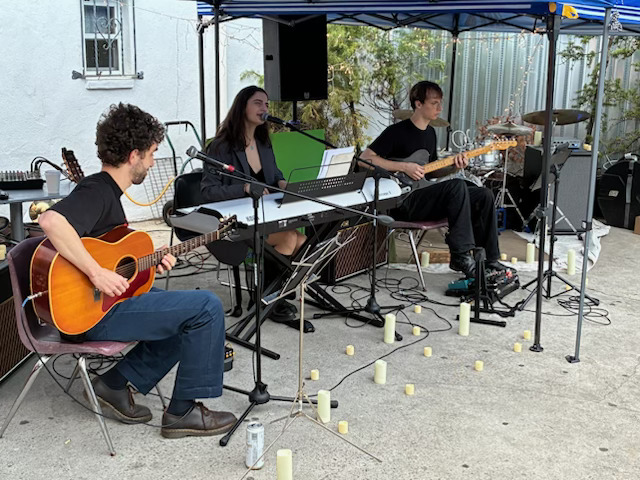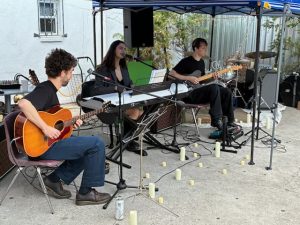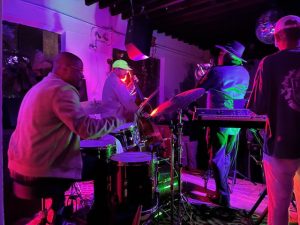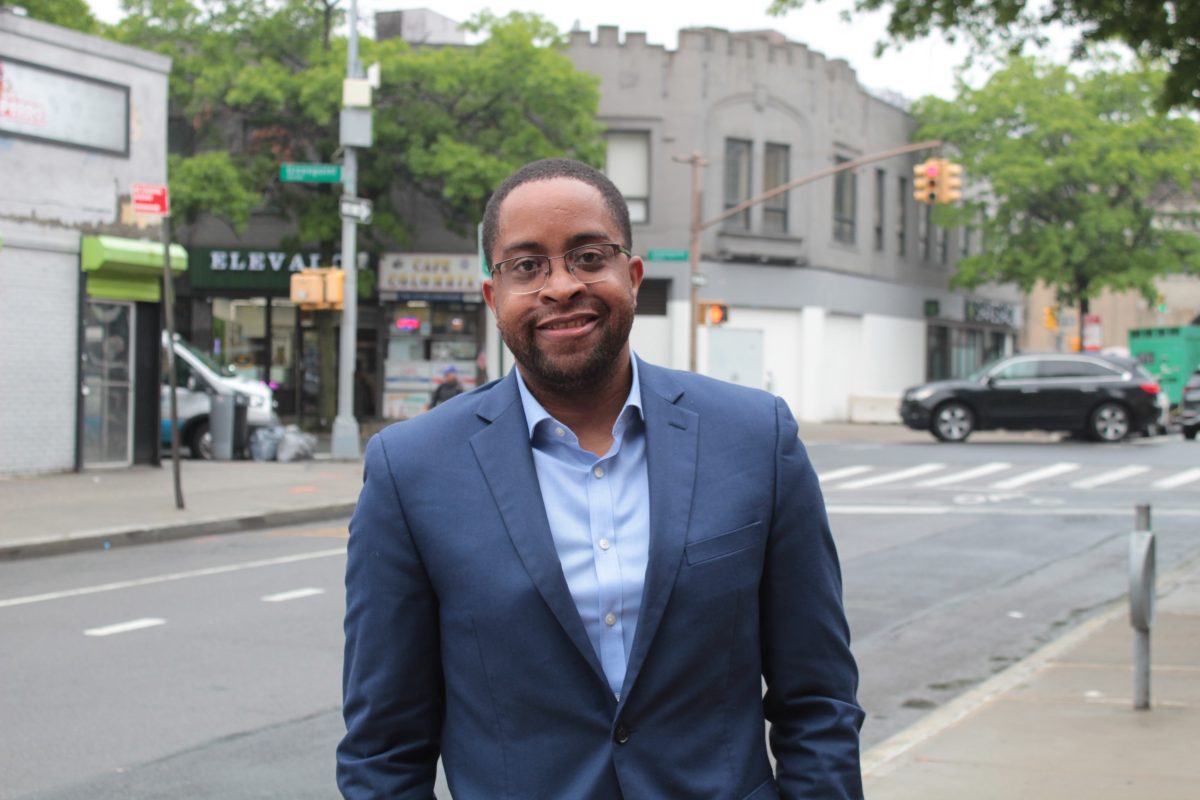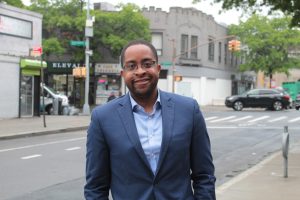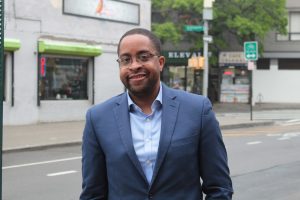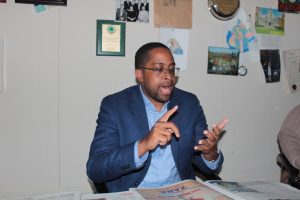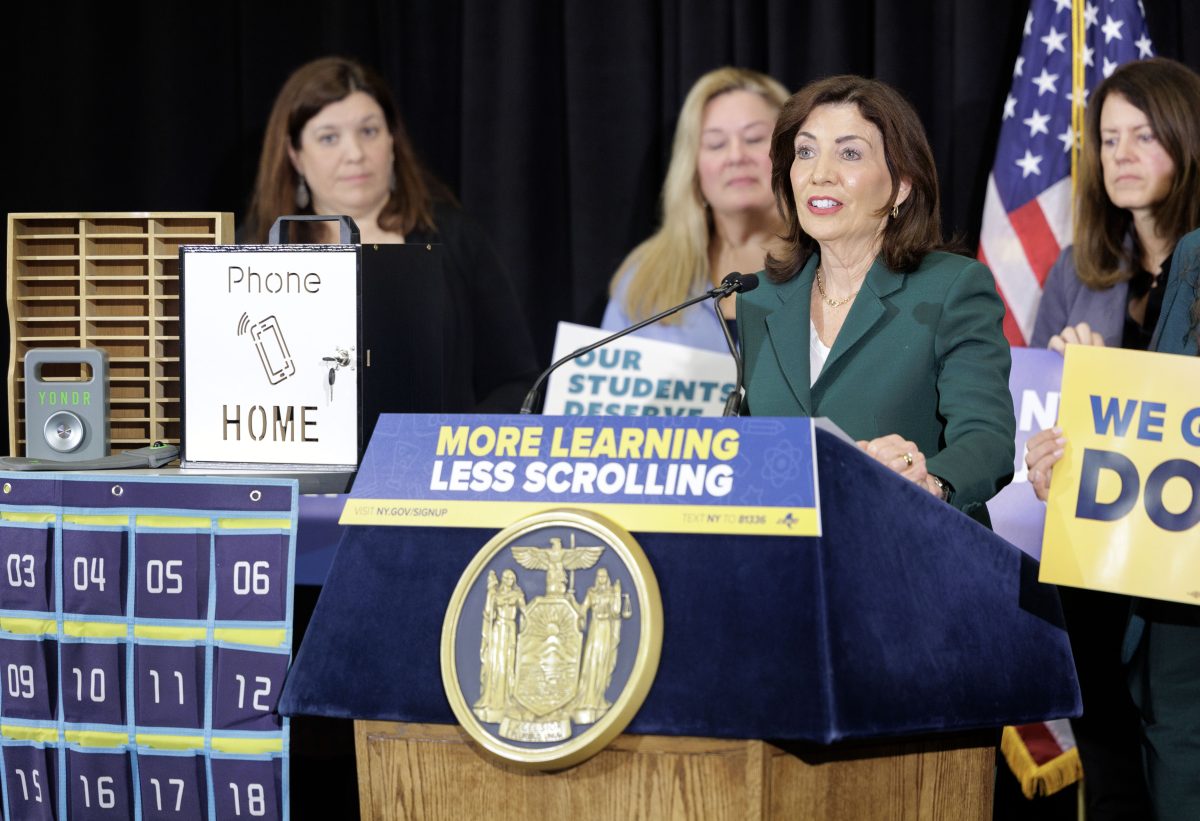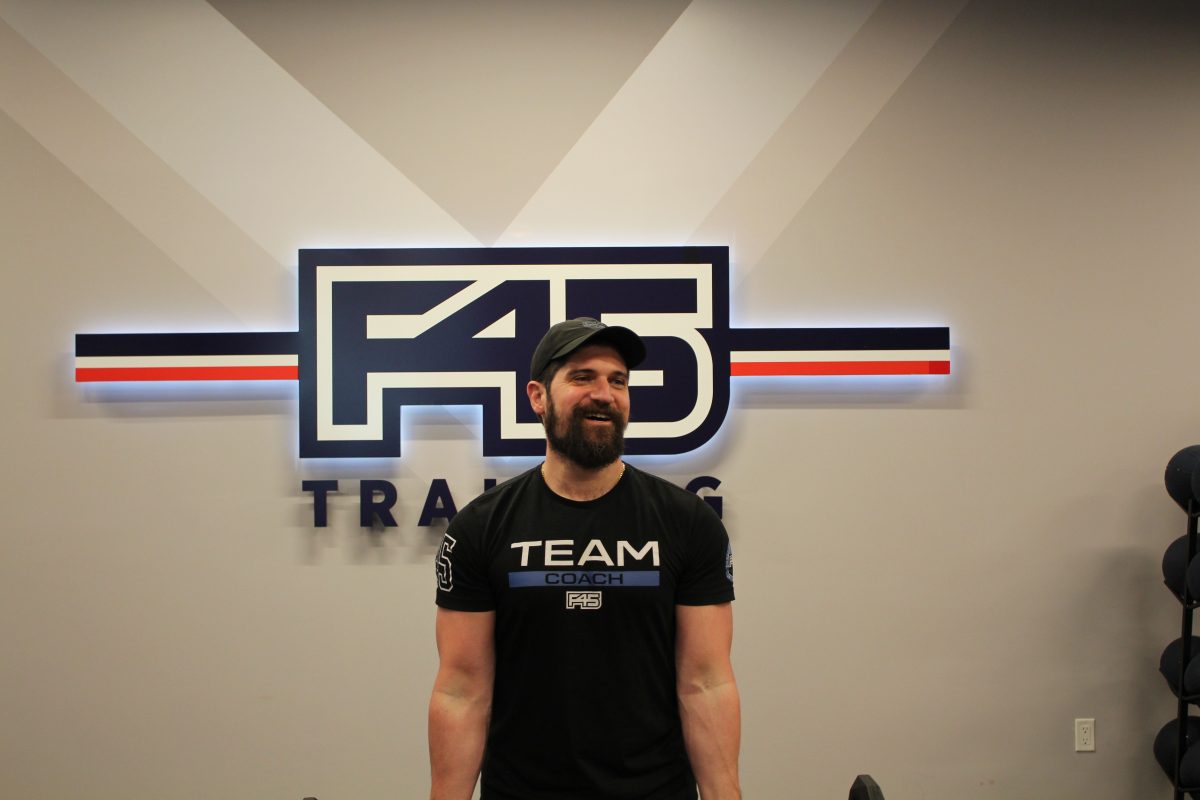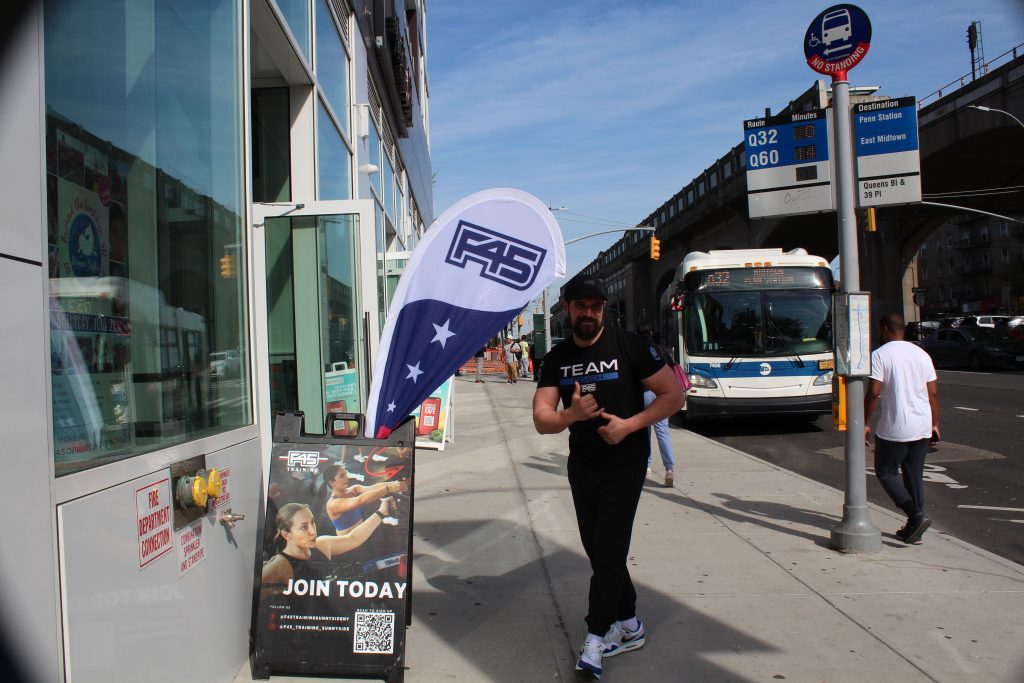The NYC-Israeli Relationship Puts Mayor’s Office Under Microscope
By Robert Hornak
It has often been said that New York City is the only city with its own foreign policy. The home of the United Nations, NYC has had many interesting dynamics with perhaps the most telling interaction 30-years ago this coming October when then-Mayor Rudy Giuliani ejected PLO leader Yassir Arafat from a UN event.
That set the tone for the special and unique relationship that exists between Israel and NYC to this day. And that is why NYC will never elect a polarizing candidate like Zohran Mamdani as mayor.
Mamdani has been a vocal supporter of the BDS (Boycott, Divest, Sanction) movement against Israel, noted for its unwavering opposition to the existence of Israel as a nation.
Of course, now that he’s trying to run for mayor, he’s trying to pretend to care about Israel and Jewish people. Just a few weeks ago he made a very controversial appearance at a breakfast in Co-op city, a very large housing development with a substantial orthodox Jewish community in a crass effort to court Jewish support.
However, Mamdani refused to sign onto two purely symbolic bills in the Assembly that generally pass easily with no controversy. The first, a few months back, was an Assembly resolution to condemn the Holocaust. The second, just last week, was an Assembly resolution recognizing Israel on the 77th anniversary of its founding just before the annual Israel Day parade on Fifth Avenue.
Imagine, with all the hate crimes in NYC against Jews, how could anyone hesitate to simply condemn the Holocaust. It was reported that in 2024, hate crimes against Jews in the city skyrocketed to 54% of all reported hate crimes, with a total of 345 anti-Jewish incidents. And anti-Israel protests, especially on college campuses, have disturbingly continued in 2025.
When pushed to explain, Mamdani hid behind his campaign spokesman who claimed that Mamdani “absolutely supports the Holocaust Memorial Day resolution” even though refusing to support it and then continued babbling about Mamdani having to “to narrow down the capacity” and therefore not signing onto any resolutions while running for mayor. Except for all the resolutions he did sign on to.
Confused? So was Mamdaniís spokesman when it turned out that Mamdani refused to sign the anti-Holocaust resolution in 2024 also, long before he began running for mayor.
Mamdani was only one of five Assembly members who refused to support both resolutions. And when the Israel resolution was being passed on Wednesday, it was reported that Mamdani was in the Bronx receiving the endorsement of former “squad” congressman Jamaal Bowman, who was famously fired from his Bronx-Westchester seat by fellow Democrat George Latimer. Bowman had been a very vocally anti-Israel member of the AOC-led squad.
Anyone who chooses to receive that kind of endorsement over backing a resolution supporting the anniversary of the creation of Israel makes his true feelings very clear, and in a city with over one million Jews, the largest concentration of Jews outside Israel, this is not going to go unnoticed.
Mamdani has been loud and consistent for years. And itís disturbing that polls show him with a solid 25% of the Democratic Primary vote. Just the chance that someone like this could be the Democratic nominee for mayor of NYC is also very disturbing but it’s also a relief that he only has a limited base of support in a city that is very likely to elect someone else as mayor come November.
It was a shocking loss at the time as California was then a reliably Republican state that rising star Nixon had won in 1960 in his presidential loss to JFK and had won as the candidate for Vice President in both 1952 and 1956. Nixon’s political career was thought to be at an end. Until he ran for President again in 1968.
As we all say, time heals all wounds. Or, as famed political consultant Dick Morris says, in politics nothing is ever fatal or final.
Andrew Cuomo has had a similar journey in recent years, without the colorful stage-exiting commentary. After two terms as NYS Governor, Cuomo was considered a rising star with a potential path to the presidency. Early into covid he was lauded by many Democrats for his handling of the outbreak, leading his to capitalize on the positive press and write a book.
Cuomo was also a clear centrist in his party. He worked with rebellious democrats who for years organized the Independent Democratic Caucus, a group of centrist democrats who voted to maintain Republican (while in the minority) control of the State Senate.
He also feuded with the Working Families Party, considered the far left (pre-DSA) of the Democratic Party at that time. Cuomo’s changes to ballot access laws almost caused the WFP to lose their ballot status.
The growing ranks of far-left elected Democrats were growing weary of Cuomo and expected him to take a job in the Biden administration. But when Cuomo announced he had no intention of leaving his current job, many democrats started scheming on what to do with a problem like Andrew Cuomo.
In 2021, Attorney General Tish James set her sights on Cuomo. In what many thought was a politically motivated hit job, a few women made accusations that Cuomo had engaged in various degrees of sexual misconduct, prompting James to write a damning report signaling that she intended to try to remove Cuomo from office. Cuomo, reading the tea leaves, promptly resigned, even while proclaiming his innocence.
And everyone thought that Andrew Cuomo wouldn’t be here for anyone to kick around anymore. But we know that political comebacks make powerful stories. One look at the current occupant of 1600 Pennsylvania Ave proves that.
And now a little less than four short years later we have Andrew Cuomo holding a commanding lead for the Democratic nomination for Mayor of NYC. Current polling has Cuomo over 50% if the race were to be held today.
Socialist candidate Zohran Mamdami is a distant second at 25% and every other Democrat in single digits including democrats with powerful positions like Brad Lander, the current Comptroller, Adrienne Adams, the City Council Speaker, and Scott Stringer, the former Comptroller.
As expected, Mamdami has a solid following among the far left of his party. But nowhere near a majority, with only one-in-four Democratic Primary voters polled showing any liking for him. In ranked choice voting simulations Mamdami’s numbers don’t go up. Even among the party faithful, people either like Mamdami and pick him first, or don’t like him at all.
The rest of the single digit field is running as Mamdami-light. Afraid to take on any positions that the far left might object to, like deporting criminal illegal aliens or removing the mentally ill homeless from city streets.
Cuomo, on the other hand, has no fear about taking positions that will anger the far left of his party. And polling has also shown that Democratic Primary voters want the address the many crises we are now juggling, including making our streets safer, deporting criminal illegal aliens, and providing real treatment for the homeless, even if it must be forced on them.
It’s a mystery why not one of these Democrats has tried to carve out a lane to compete with Cuomo for the vast center of the Democratic Party, but not one has. Leaving only the one guy whose message is resonating and voters have confidence he can deliver on, making his win in June almost certain.

Robert Hornak is a veteran political consultant who has previously served as the Deputy Director of the Republican Assembly Leader’s NYC office and as Executive Director of the Queens Republican Party. He can be reached at rahornak@gmail.com and @RobertHornak on X.




